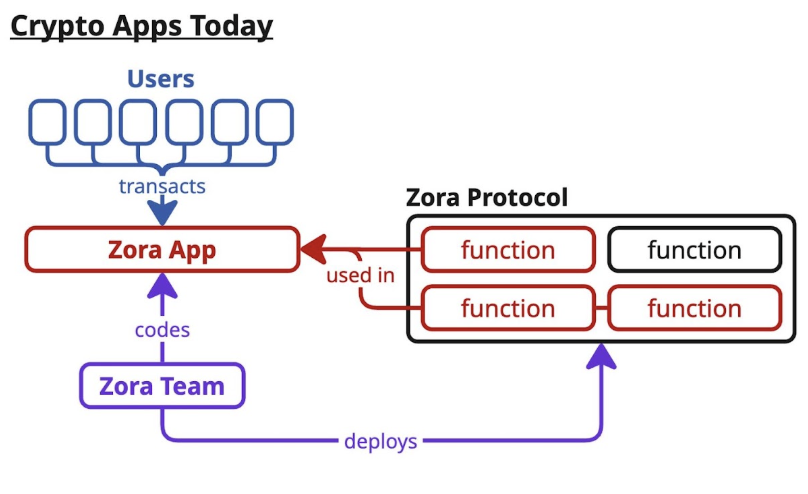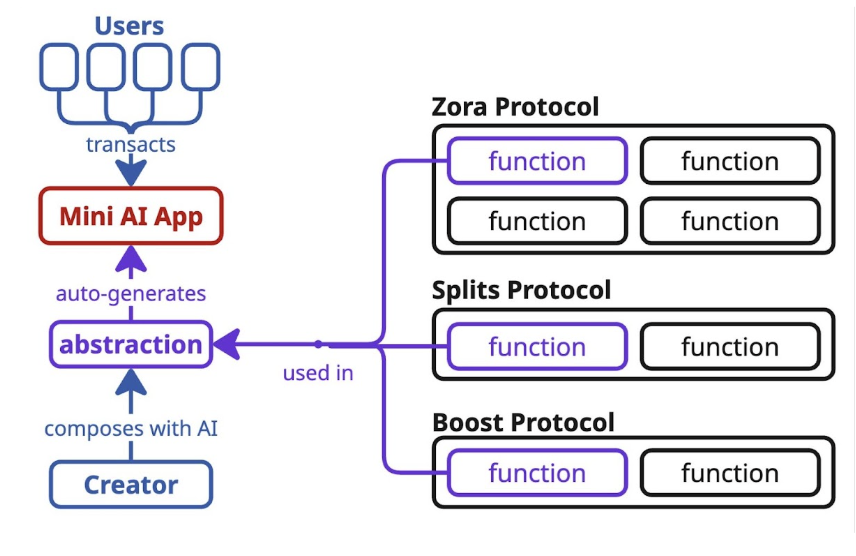What is a Trail?
A “trail” is a linear sequence of write functions across ethereum contracts, where the creator (the trailblazer) determines how function input values will be derived. The consumer of the trail will fill in user inputs and then submit one transaction for each step. Here’s an overview of a trail opening a maker CDP vault, depositing ETH, borrowing DAI, and supplying to compound in one go - while also being able to read important data like LTV before and after:
Here are some key benefits of trails:
- Immediately use any deployed contract with LLM search/support, no waiting for integrations from the Herd team.
- Contract upgrades are automatically tracked, so the creator and consumer will see if a trail is outdated.
- Trails are transparent so that anyone can look at all the function-calling logic. They can be easily shared, used, and forked.
- Creating a trail will automatically generate a sandbox app (shareable as a webpage or a farcaster miniapp). This comes with simulations as well, so you can test branching paths of execution before submitting transactions.
- Trails include an API, with an llm txt for copy/paste into any AI tool to help you own apps, automations, chatbots, or anything else on top.
The Problem with Composability
Let’s talk about where trails fit into app development. Apps today look like this:

- 🔥 The Trailblazer: the creator of the trail
- ⚙️ The Canvas: the place creators will create and edit trails
- 🔭 The Overlook: a sandbox/miniapp for executing the trail
- 📚 The Guidebook: a single link that can be pasted to any AI tool for help building an app, automation, or anything else you want with a trail.
Sage chat cannot edit trails right now. We’ll add more LLM feature to make the creator experience better soon 🙂

